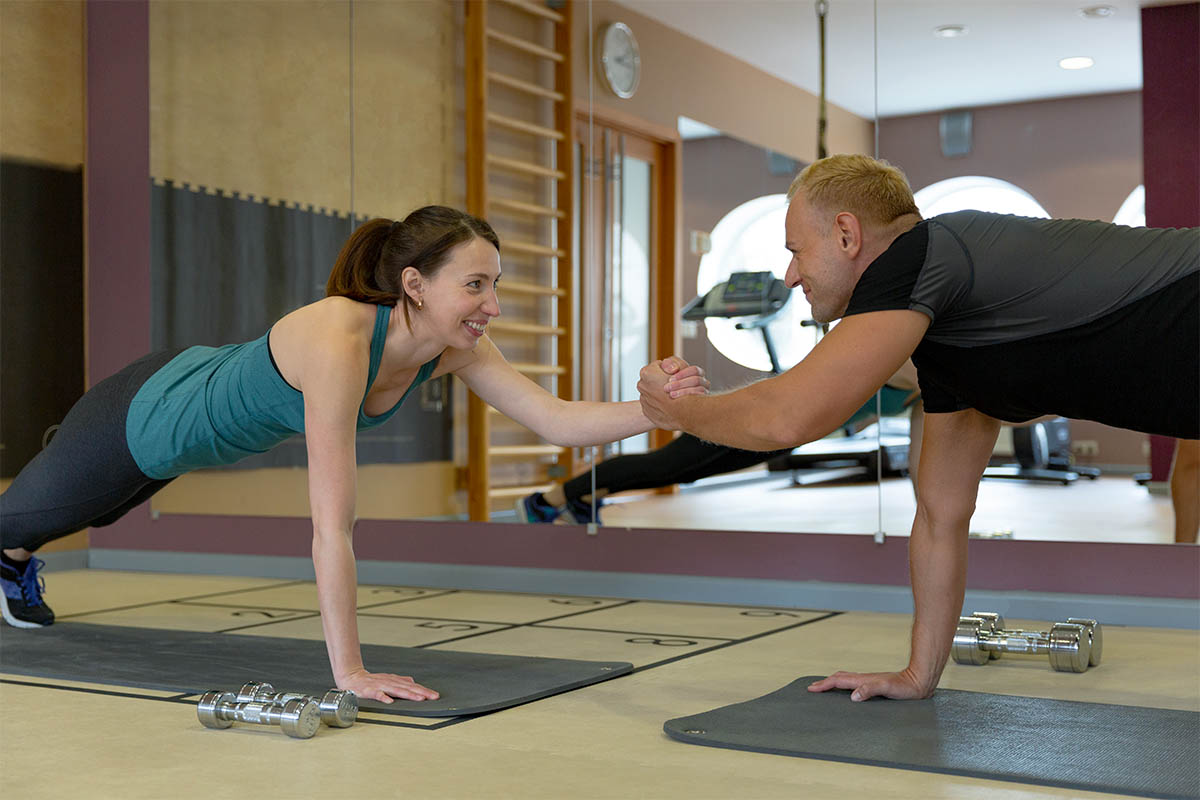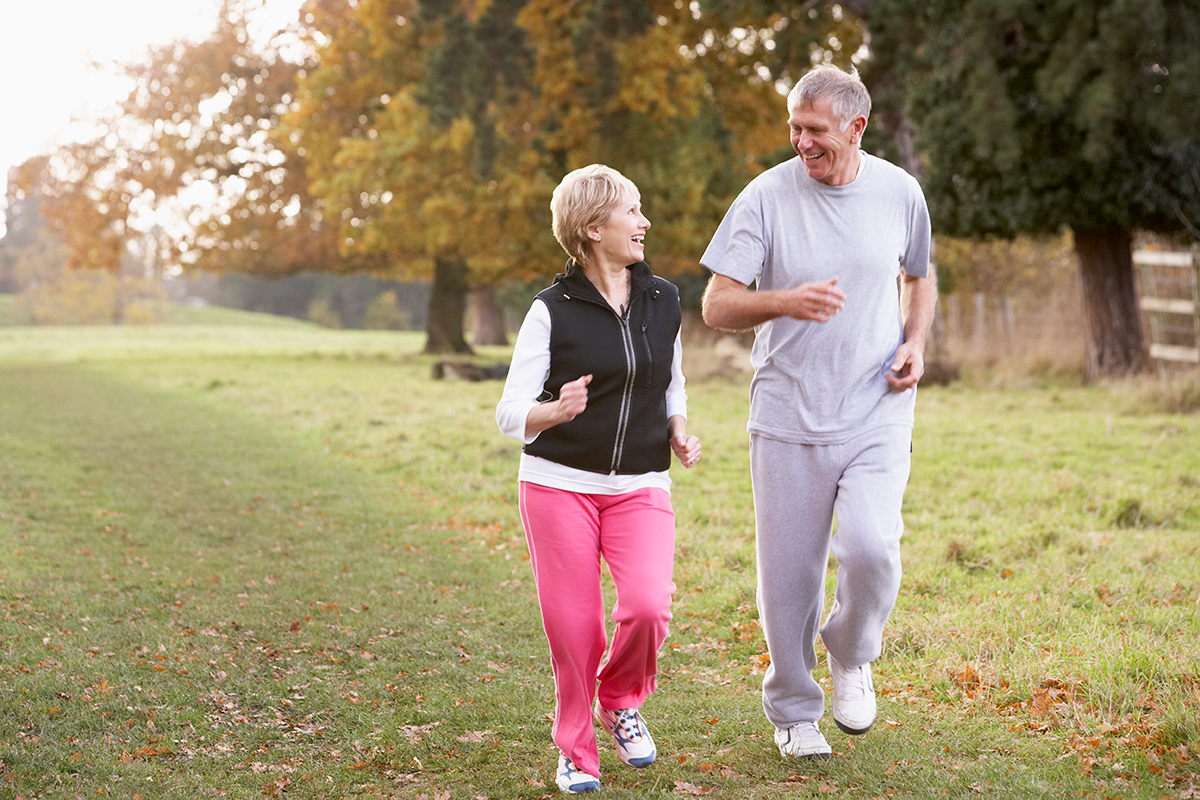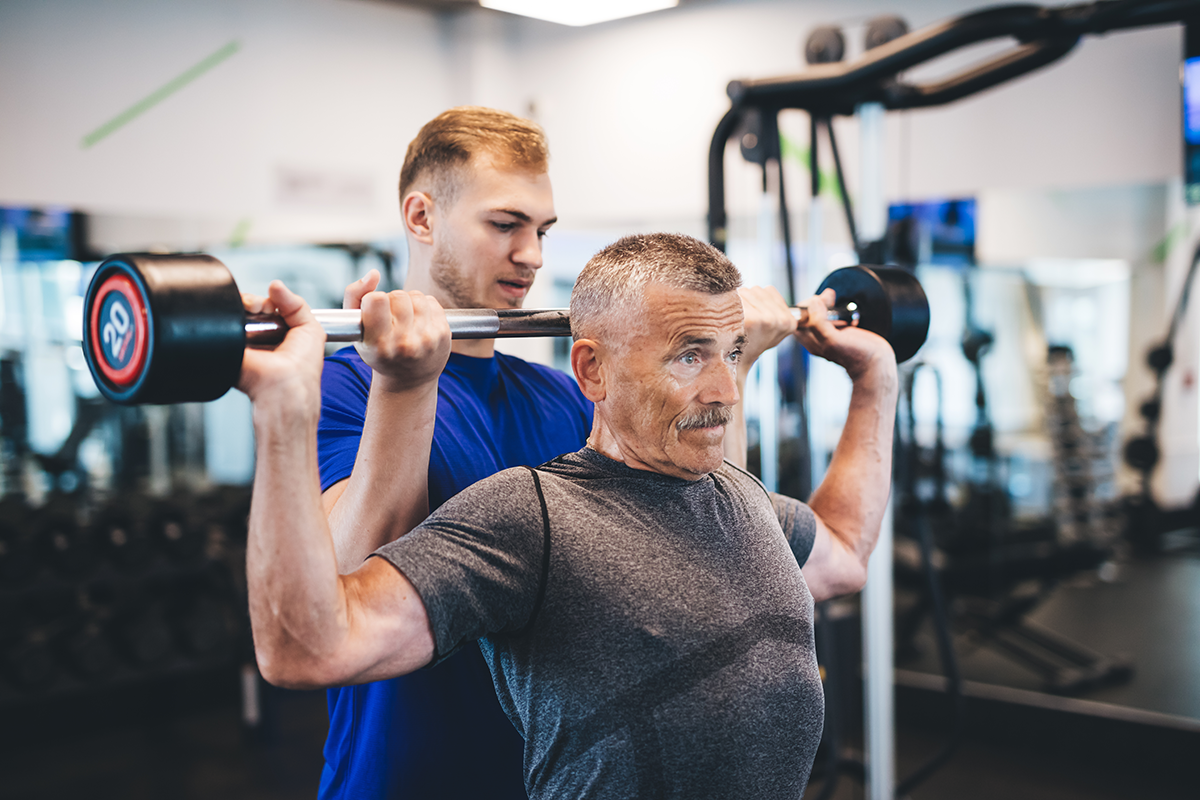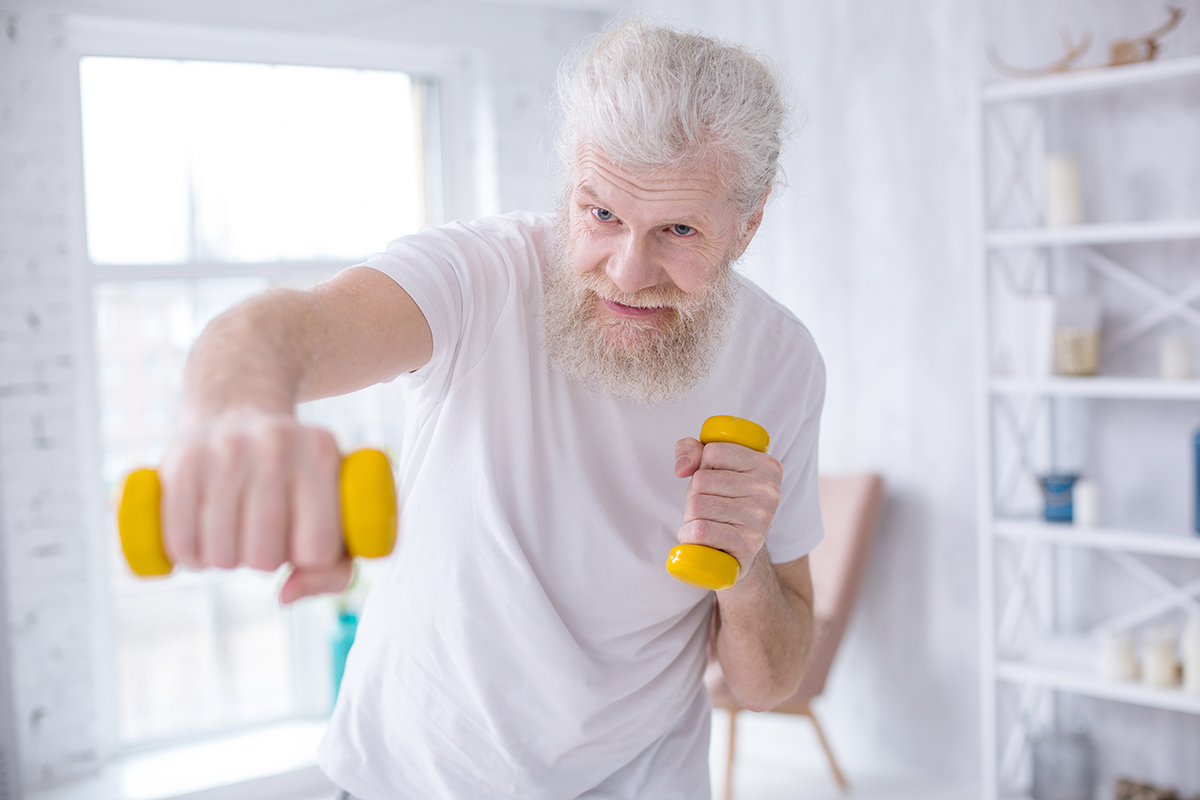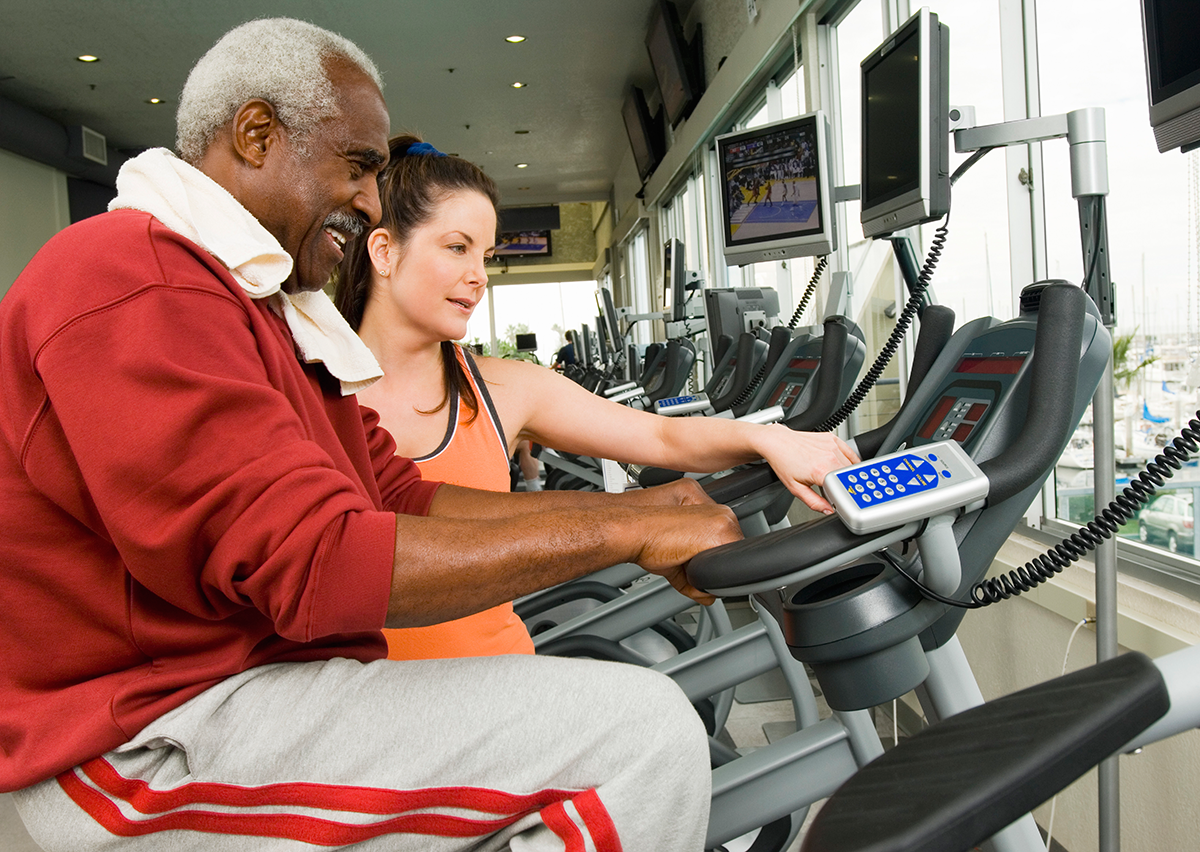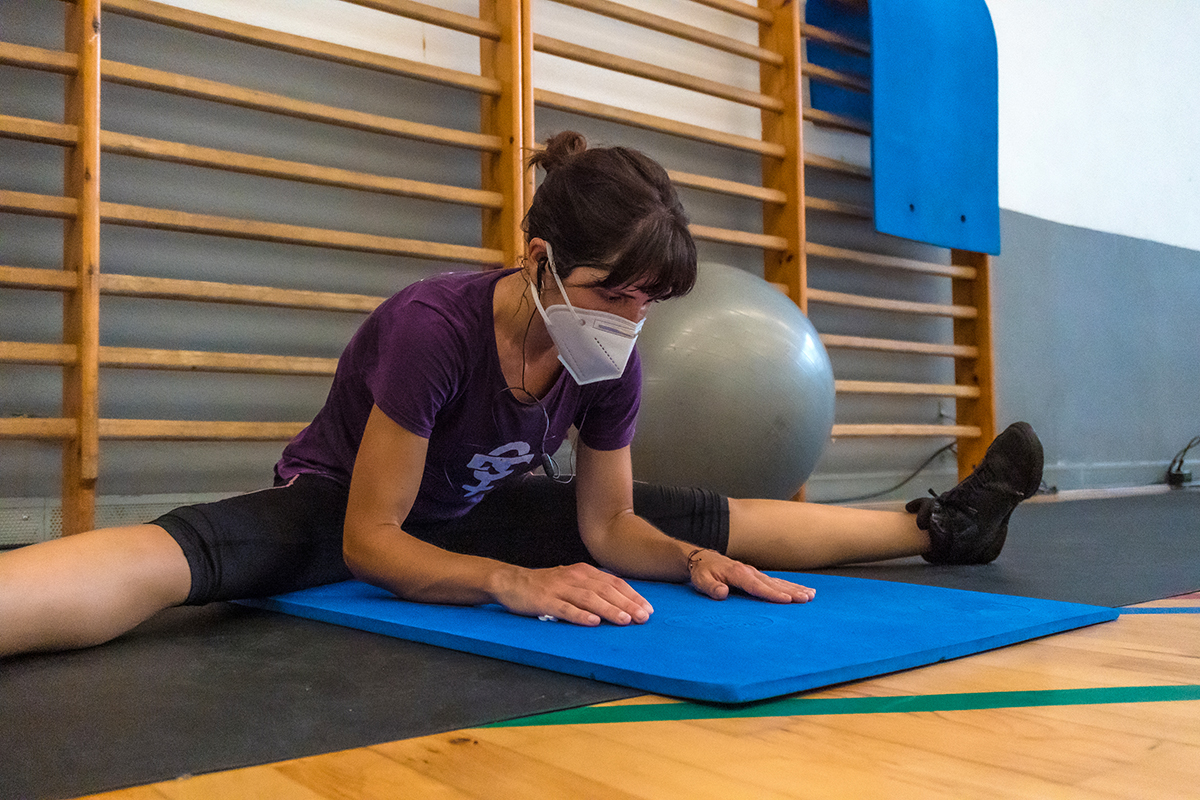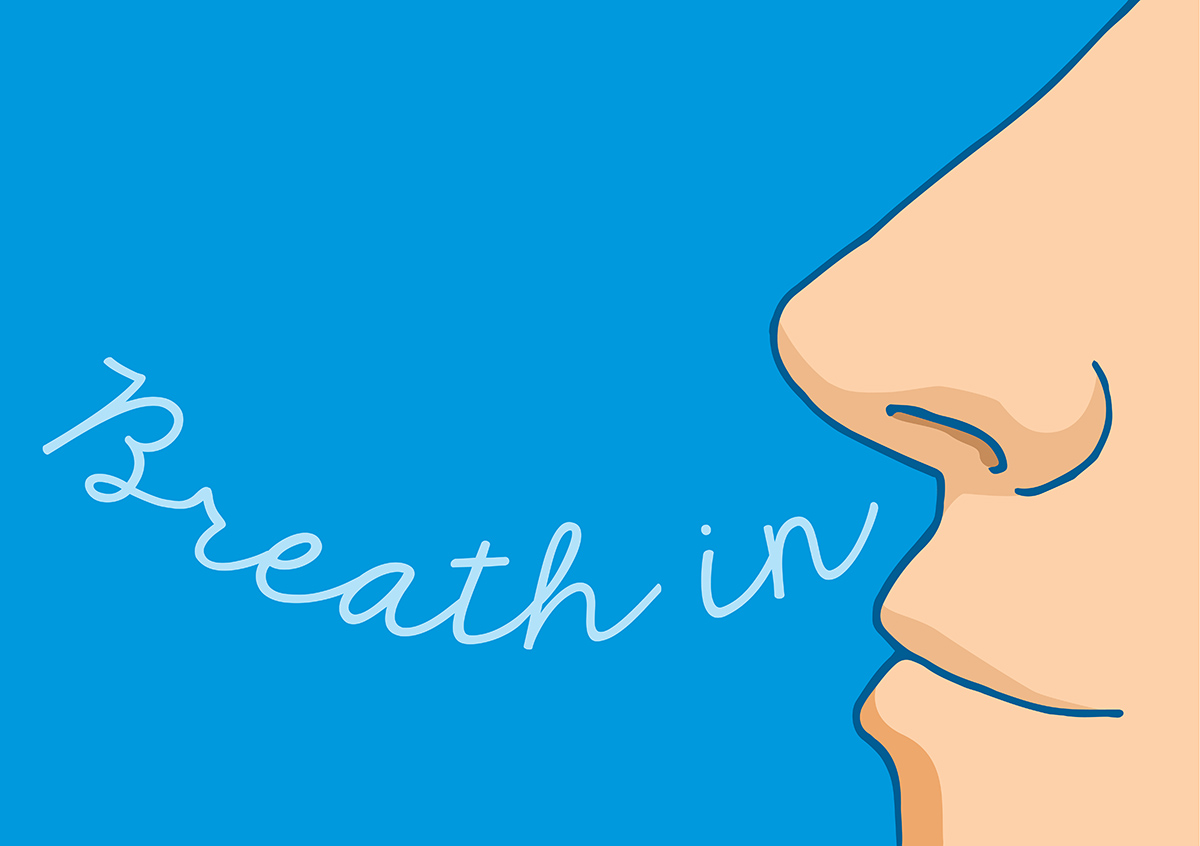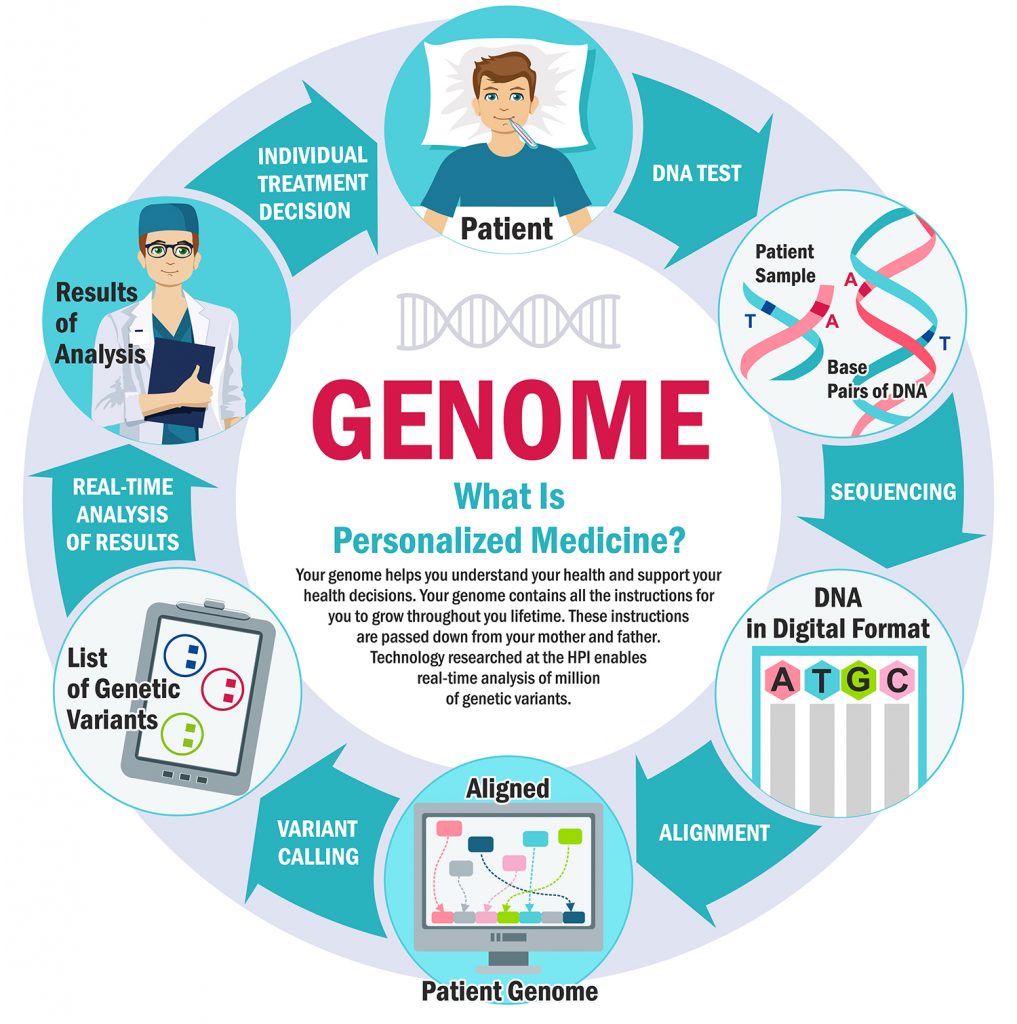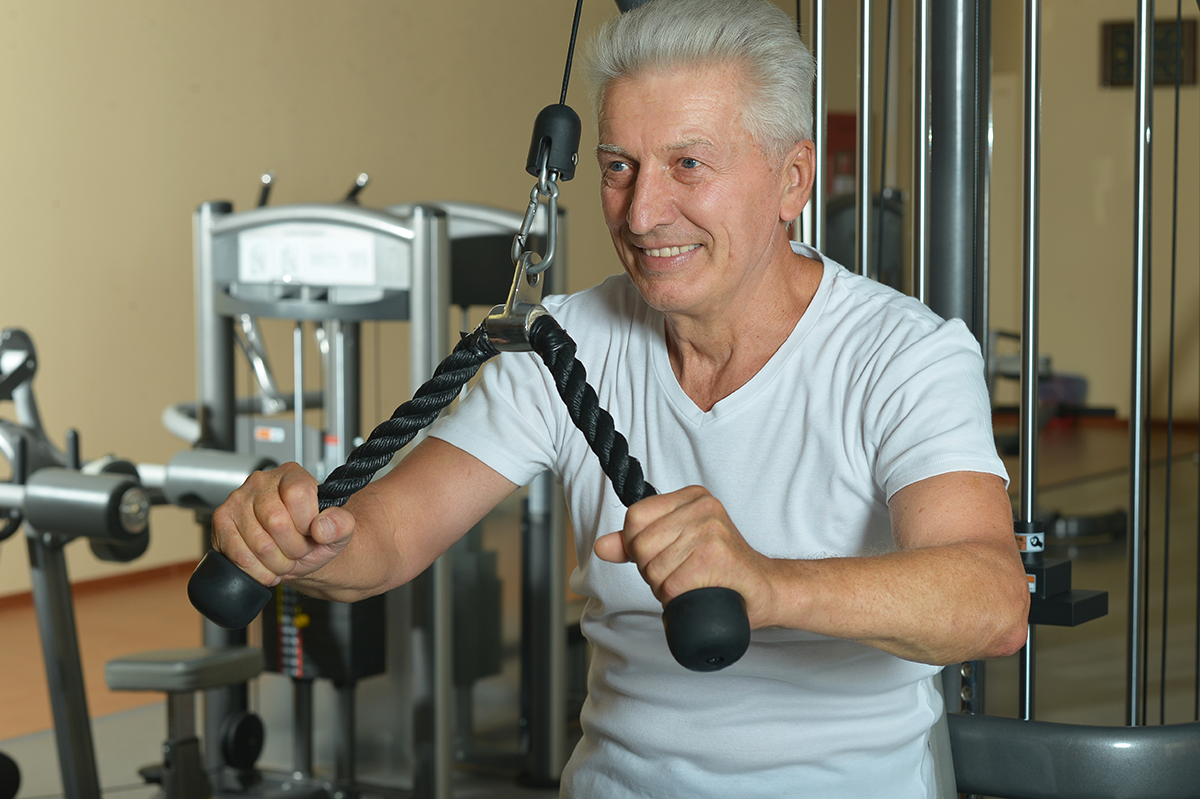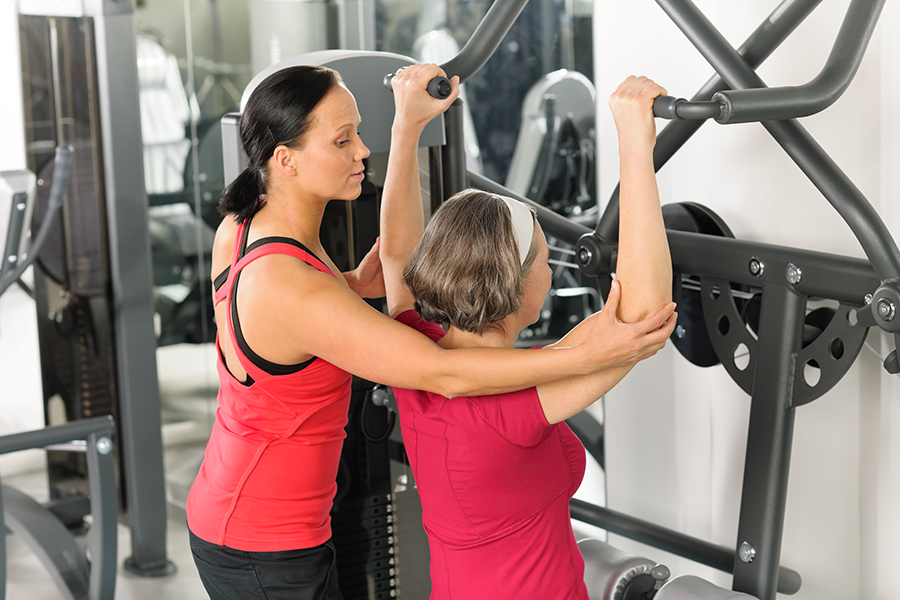Pandemic of Panic Is Worse than COVID-19
While the threat of the COVID-19 needs to be taken with great concern, it is as important to understand the useless and counterproductive effects of panicking. Whether you take the vaccine or not, prevention is the best approach to any viral challenge. Panic is an extreme fear response triggering stress hormones that suppress immune function increasing susceptibility to any pathogen, including viruses.


